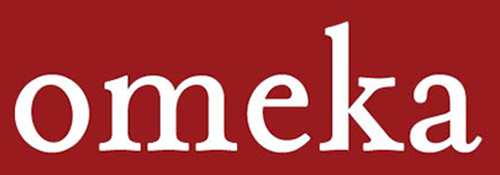
Why Use Omeka?
Omeka is an open-source website platform for creating, viewing, and searching digital collections of “artifacts,” including photos, videos, documents, or audio, among other formats. Omeka can be used, individually or collaboratively, to build multiple exhibits focused on specific topics or themes. The description and categorization of the content follow the Dublin Core metadata protocol, a standard used by libraries and archives around the world.
What Can I Do With It?
Omeka streamlines the process of uploading and organizing artifacts that can be used and reused in different digital exhibits. Creating collections and exhibits with Omeka can help students understand the relationship between different artifacts while also providing a means to share scholarship with the public. Building an exhibit on Omeka requires selection, reflection, and ideally leads to the creation of a narrative that integrates the individual components into a meaningful whole. By leading visitors through a "guided tour" of contextualized artifacts, Omeka exhibits become vehicles for storytelling.
Omeka can also be used to create a searchable database of content. By creating their own small database, students get experience thinking through how to describe objects so they can easily be found by others—and they get a hands-on look at how a database functions. Students often find themselves as users of databases, but Omeka allows them to become the creator.
How Faculty Use Omeka
Get Started
The Georgetown University Library supports Omeka as a digital platform, in partnership with CNDLS. To get help with Omeka, email digitalscholarship@georgetown.edu or Schedule a Consultation with the Library.
Omeka can be set up on a Georgetown Domains space (see Websites to learn more). For a consultation on teaching with Omeka, including best practices, please contact CNDLS.







